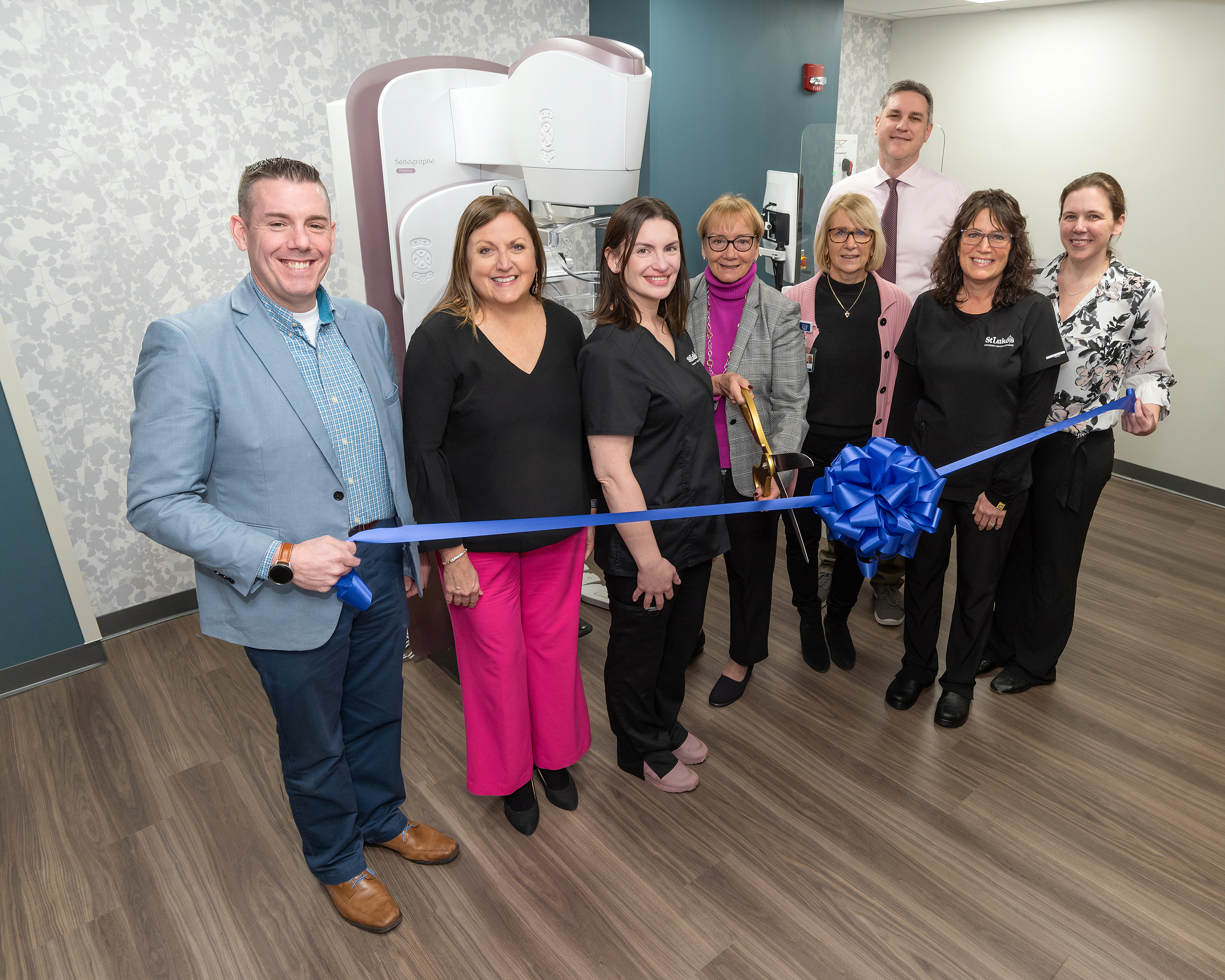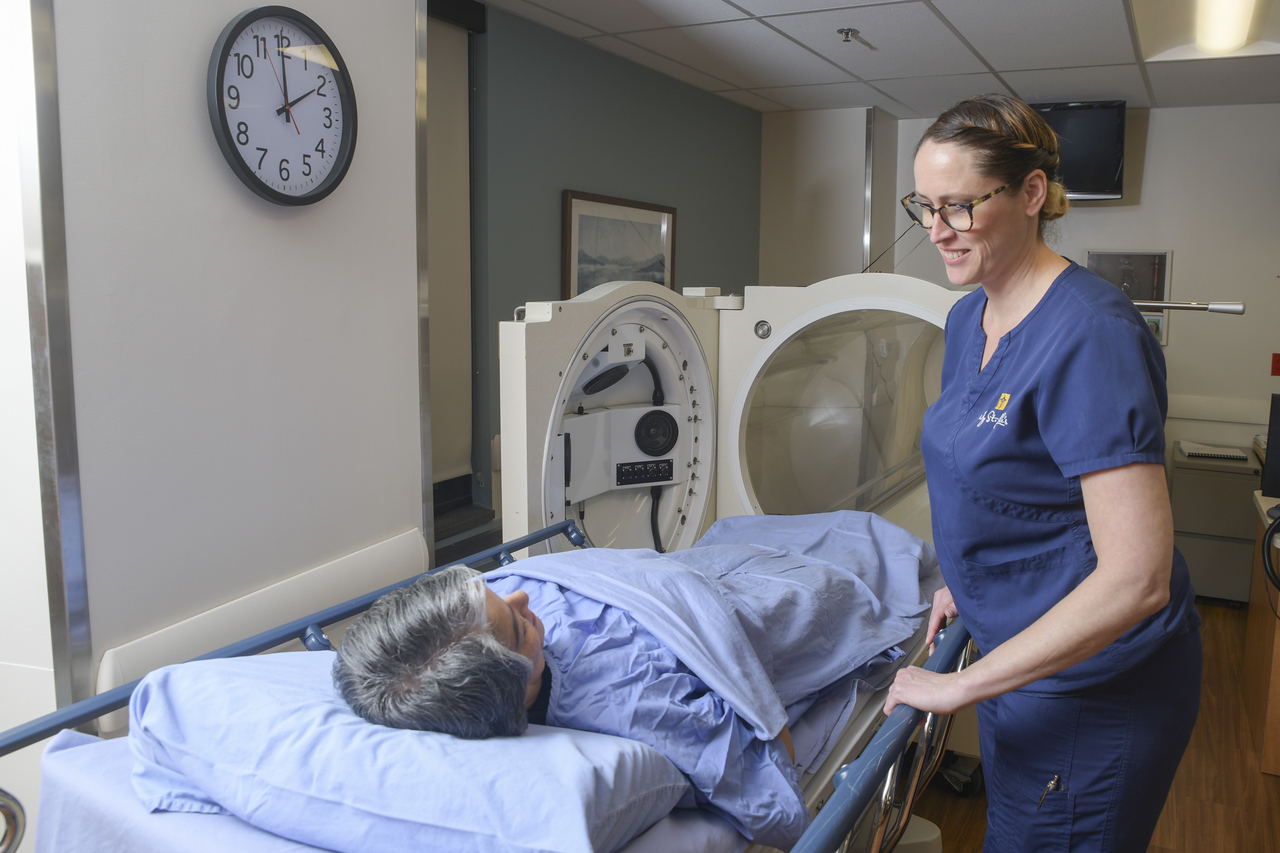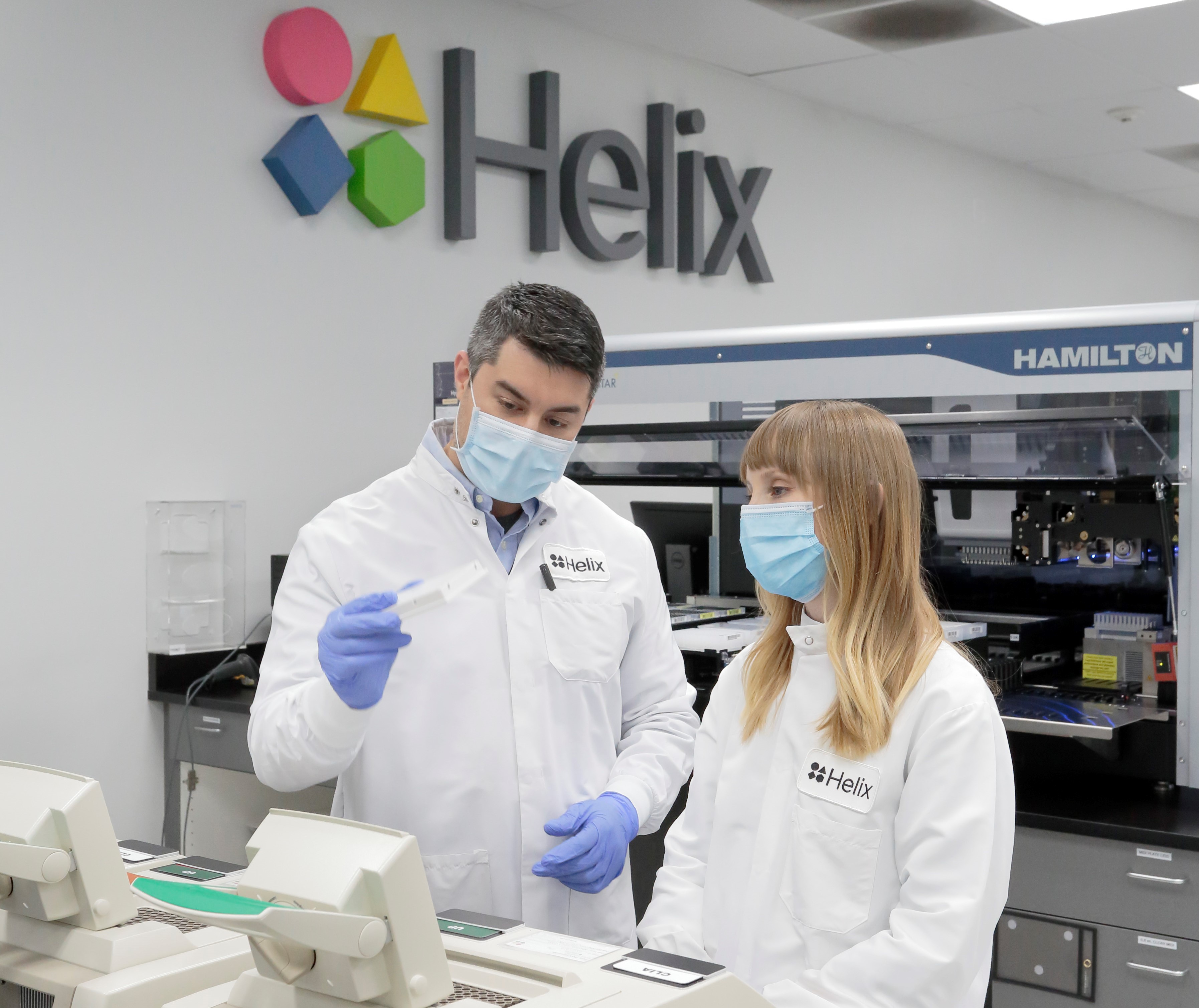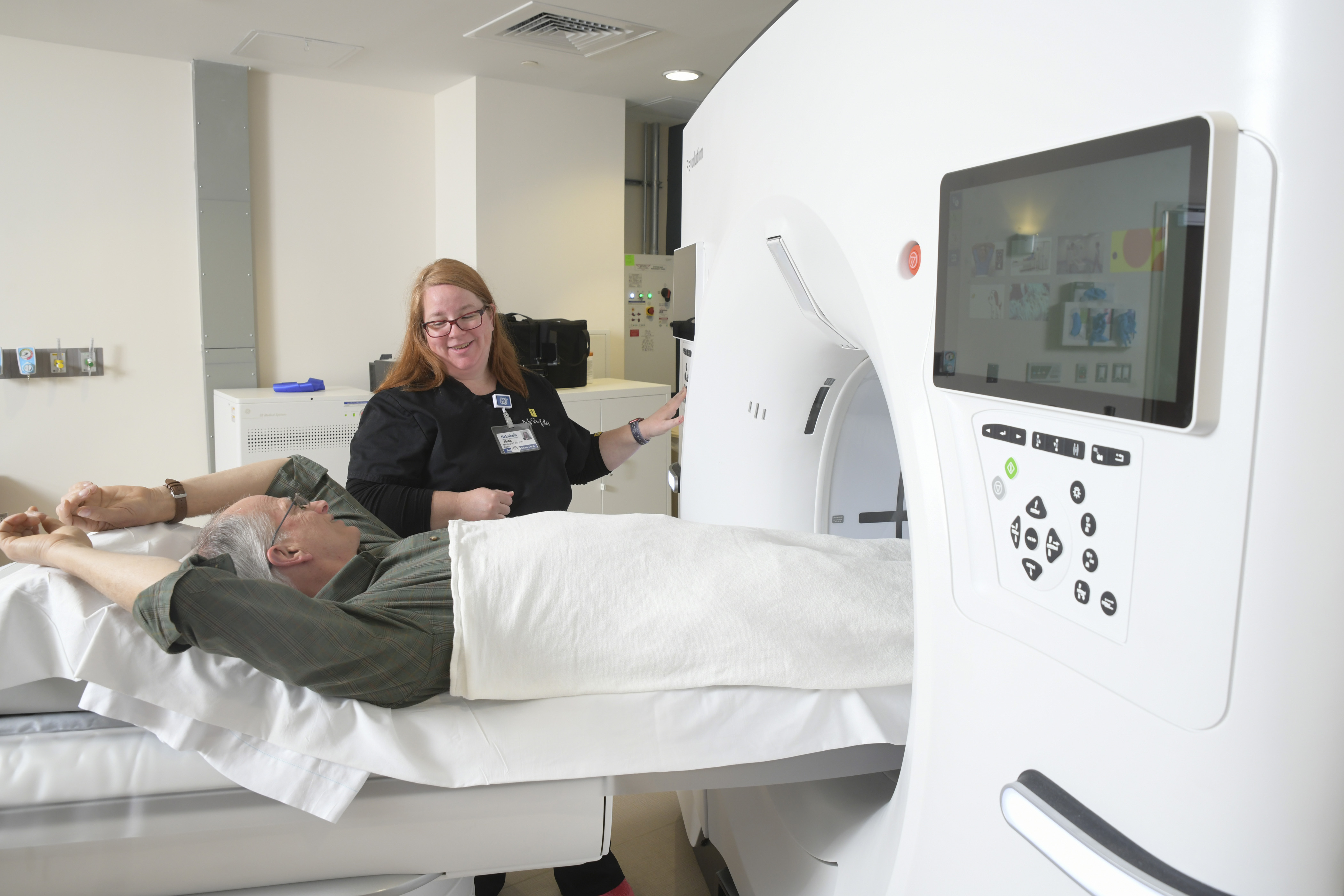Blog
St. Luke’s Urologist Dr. Frank Tamarkin Advises Patients to Discuss the Options with Their Doctor
About one in seven American men will develop prostate cancer in their lifetimes. In fact, nearly three million men in this country
are currently living with the disease, making prostate cancer one of the most common types of cancer among men, second only to skin cancer.
Fortunately, many forms of prostate cancer are slow-growing and have few side effects. Because its prevalence increases exponentially with age, many men with the disease will die of another cause before prostate cancer. Some fast-growing forms of the disease are deadly, but with early detection and treatment patients can be cured.
Usually, patients with prostate cancer have no symptoms. As a result, Dr. Tamarkin recommends that men over 50 have regular screening for prostate cancer that combines a digital rectal exam with a blood test that screens for prostate-specific antigen (PSA) in the bloodstream. Abnormally high levels may signal the presence of cancer.
“The PSA test became controversial a few years ago,” says Dr. Tamarkin of St. Luke’s Center for Urology. “However, that sentiment is changing and again the PSA is generally considered a helpful tool to guide patients in determining the next step in the process, which begins with a discussion with their physician.”
Often, the next step is a biopsy. The specimen is examined under a microscope and given a rating from 2 to 10, called a Gleason score, which indicates the likelihood the cancer will spread. A low score means the cancer tissue is similar to normal prostate tissue and the tumor is less likely to spread; a high Gleason score indicates the cancer tissue is very different and the more likely to spread.
Many treatment options are available for men with prostate cancer. They include surgery, radiation therapy, hormone therapy and chemotherapy. One or a combination of these may be used to treat the cancer depending on the stage of disease and the patient’s preferences. At St. Luke’s various cancer specialists – prostate cancer specialists, urologists, radiation oncologists and medical oncologists – work together to provide options and provide treatment.
“In treating cancer, we strive to not only free the patient of cancer, but also prevent urine leakage and erectile dysfunction,” says Dr. Tamarkin. “Among the treatments St. Luke’s offers is robotic-assisted surgery, which is a computer-enhanced, minimally-invasive surgical technique. It employs a console system that provides a magnified 3-D image of the surgical field. The system’s advanced technology translates the surgeon’s hand movements into exact, real-time movements of the surgical instruments inside the body. Better vision and maneuverability greatly enhance surgical precision during the dissection of delicate tissue.”
Benefits of robotic-assisted surgery include:
- Shorter hospital stay, usually 24 to 48 hours.
- Less post-operative pain, with only about four to five external incisions measuring less than one-third of an inch each.
- Quicker recovery. Most patients return to work or resume full activity in two to three weeks.
- Reduced blood loss. The 3-D, 15x magnification of the surgical field improves the surgeon’s ability to control small blood vessels.
- Improved outcome. The technology makes it easier for surgeons to delicately handle tissue and preserve vital nerves and blood vessels.
St. Luke’s Center for Urology is recognized in the latest edition of Best Hospitals of U.S. News & World Report and is part of St. Luke’s University Health Network; a nationally recognized network for excellent quality care. To contact St. Luke’s Center for Urology, call 484-526-2598.






